5 Lessons From My Winning Investments
Reviewing past investing decisions, whether they've yielded good or bad results, will help you become a better investor.

I’ve spent the past few months discussing some of the errors I’ve made in my Practical Investing portfolio, so I thought it might be time to talk about a few of my winners. This exercise isn’t just to massage my bruised ego (although it does feel a lot better than berating myself for missteps). Investors can learn from both wise and unwise moves. Periodically reviewing your decisions—and thinking about what, if anything, you would do differently—can help you become a better investor.
Four of my stocks have more than doubled since I bought them: Apple (symbol AAPL, $115.00, 110% total return), Microsoft (MSFT, $48.42, 106%), Seagate Technology (STX, $66.40, 217%) and Spirit Airlines (SAVE, $84.25, 503%). A fifth, Lockheed Martin (LMT), would also have been a big winner had I not sold it too soon. (All prices and returns are as of December 5.)
1. Cash is king.
Why did I buy these stocks? With Apple and Microsoft, the lure was cash. Both companies are loaded with the green stuff and continue to add to their treasuries. Businesses that are flush with cash can repay debt, make acquisitions, pay dividends and buy back stock. I invested in Apple and Microsoft a few months after I recommended both in an August 2011 Kiplinger’s story called Cash-Rich Stocks to Buy Now.
From just $107.88 $24.99 for Kiplinger Personal Finance
Become a smarter, better informed investor. Subscribe from just $107.88 $24.99, plus get up to 4 Special Issues

Sign up for Kiplinger’s Free Newsletters
Profit and prosper with the best of expert advice on investing, taxes, retirement, personal finance and more - straight to your e-mail.
Profit and prosper with the best of expert advice - straight to your e-mail.
2. Wall Street is fickle. Keep your own counsel.
I discovered Spirit while writing a story in July 2011 about the risks of buying initial public offerings. Spirit was one of three then-recent IPOs recommended in that story. Its stock didn’t get caught up in a first-day buying frenzy, probably because Wall Street hated airline stocks at the time. But Spirit was profitable and growing rapidly, so three months after we posted the article I bought 723 shares for $13.96 apiece, a couple of bucks above the IPO price. Wall Street now loves airline stocks, and Spirit is my biggest winner.
3. When Wall Street leaves a company for dead, stop to check its pulse.
I wrote about Seagate in a July 2012 article titled An Old Tech Lion Roars Back. The piece noted that the disk-drive maker’s shares were selling for a “ludicrously low” 3.2 times projected earnings. A nearly invisible price-earnings ratio is often a sign that a company is in deep trouble, or at least that earnings estimates are overly optimistic. But in this case, Wall Street seemed to be channeling junior high kids who were bored with “old tech.”
To be sure, 75% of Seagate’s sales were tied to personal computers, a business that Wall Street has declared dead. And the firm’s ability to tap the cloud storage market was not yet established. But as I mulled the market’s dismal prognosis, I was creating vast amounts of data, including pictures and videos, that I wanted to store. So I bought a new hard drive—and about a month after the article appeared, I picked up 435 shares of Seagate for $23.11 apiece.
4. When you own a great company, ignore temporary setbacks. Buy and hold.
Lockheed entered my portfolio a month after I recommended it in a December 2011 article titled 8 Blue Chips to Buy Now. Despite a near government shutdown and constant battles over the federal budget, which create uncertainty about defense spending, Lockheed shares climbed 25% in the 13 months after I bought them. At that point, I sold because I thought I could do better elsewhere. Bad move. Since I bailed, the stock has soared 98%.
5. When it comes to trading, less is better.
My untimely sale of Lockheed wasn’t a total bust. I used some of the proceeds to buy an additional 105 shares of Apple at $60 apiece (the figures are adjusted for a recent seven-for-one split). I’ve made 92% on those shares, but I would have done better had I just held on to Lockheed.
Profit and prosper with the best of Kiplinger's advice on investing, taxes, retirement, personal finance and much more. Delivered daily. Enter your email in the box and click Sign Me Up.

-
 AI Stocks Lead Nasdaq's 398-Point Nosedive: Stock Market Today
AI Stocks Lead Nasdaq's 398-Point Nosedive: Stock Market TodayThe major stock market indexes do not yet reflect the bullish tendencies of sector rotation and broadening participation.
-
 Top Tech Gifts to Grab at Walmart Before Christmas
Top Tech Gifts to Grab at Walmart Before ChristmasBig savings on Apple, Bose, HP, Vizio and more while there's still time to shop.
-
 AI Appliances Aren’t Exciting Buyers…Yet
AI Appliances Aren’t Exciting Buyers…YetThe Kiplinger Letter Artificial intelligence is being embedded into all sorts of appliances. Now sellers need to get customers to care about AI-powered laundry.
-
 Crypto Trends to Watch in 2026
Crypto Trends to Watch in 2026Cryptocurrency is still less than 20 years old, but it remains a fast-moving (and also maturing) market. Here are the crypto trends to watch for in 2026.
-
 Dow Slides 427 Points to Open December: Stock Market Today
Dow Slides 427 Points to Open December: Stock Market TodayThe final month of 2025 begins on a negative note after stocks ended November with a startling rally.
-
 Stocks Extend Win Streak on Black Friday: Stock Market Today
Stocks Extend Win Streak on Black Friday: Stock Market TodayThe main indexes notched wins in Friday's shortened session, with the blue-chip Dow Jones Industrial Average closing higher on the month.
-
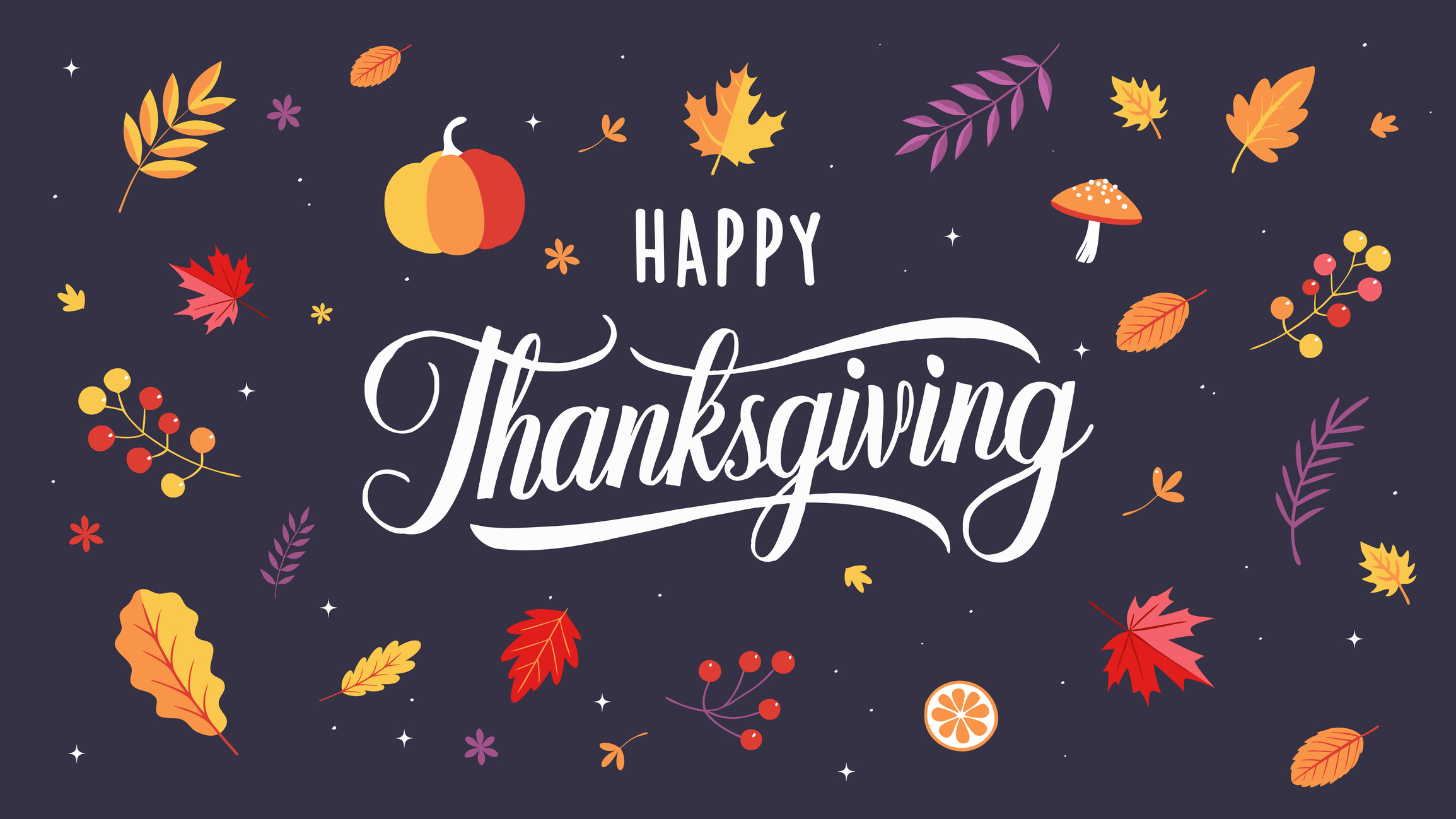 Dow Adds 314 Points to Thanksgiving Rally: Stock Market Today
Dow Adds 314 Points to Thanksgiving Rally: Stock Market TodayInvestors, traders and speculators enjoy the best Thanksgiving Week gains for the major stock market indexes in more than a decade.
-
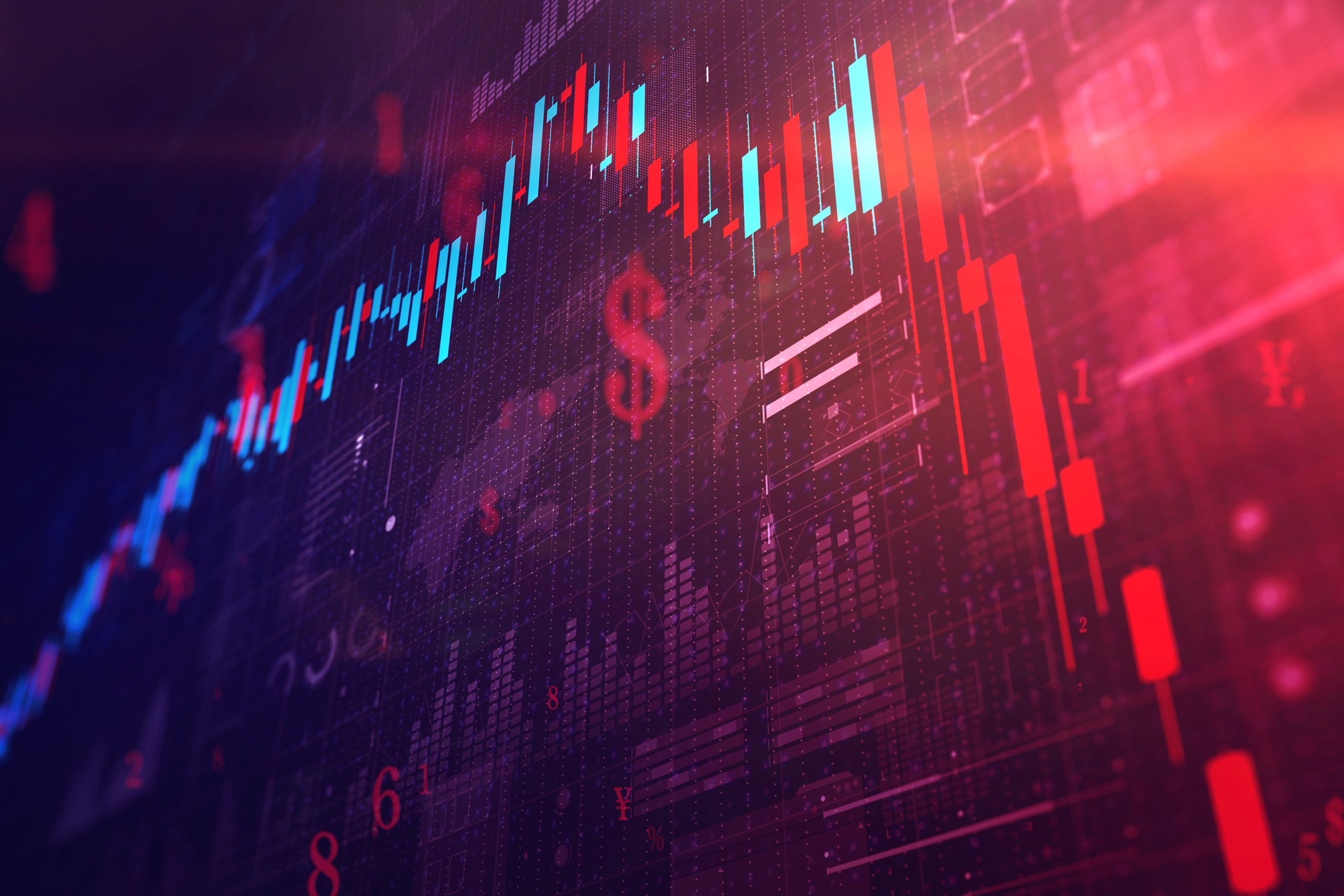 Dow Falls 557 Points to Start NVDA Week: Stock Market Today
Dow Falls 557 Points to Start NVDA Week: Stock Market TodayThe Oracle of Omaha saw growth and value in certain corners of the stock market during the third quarter.
-
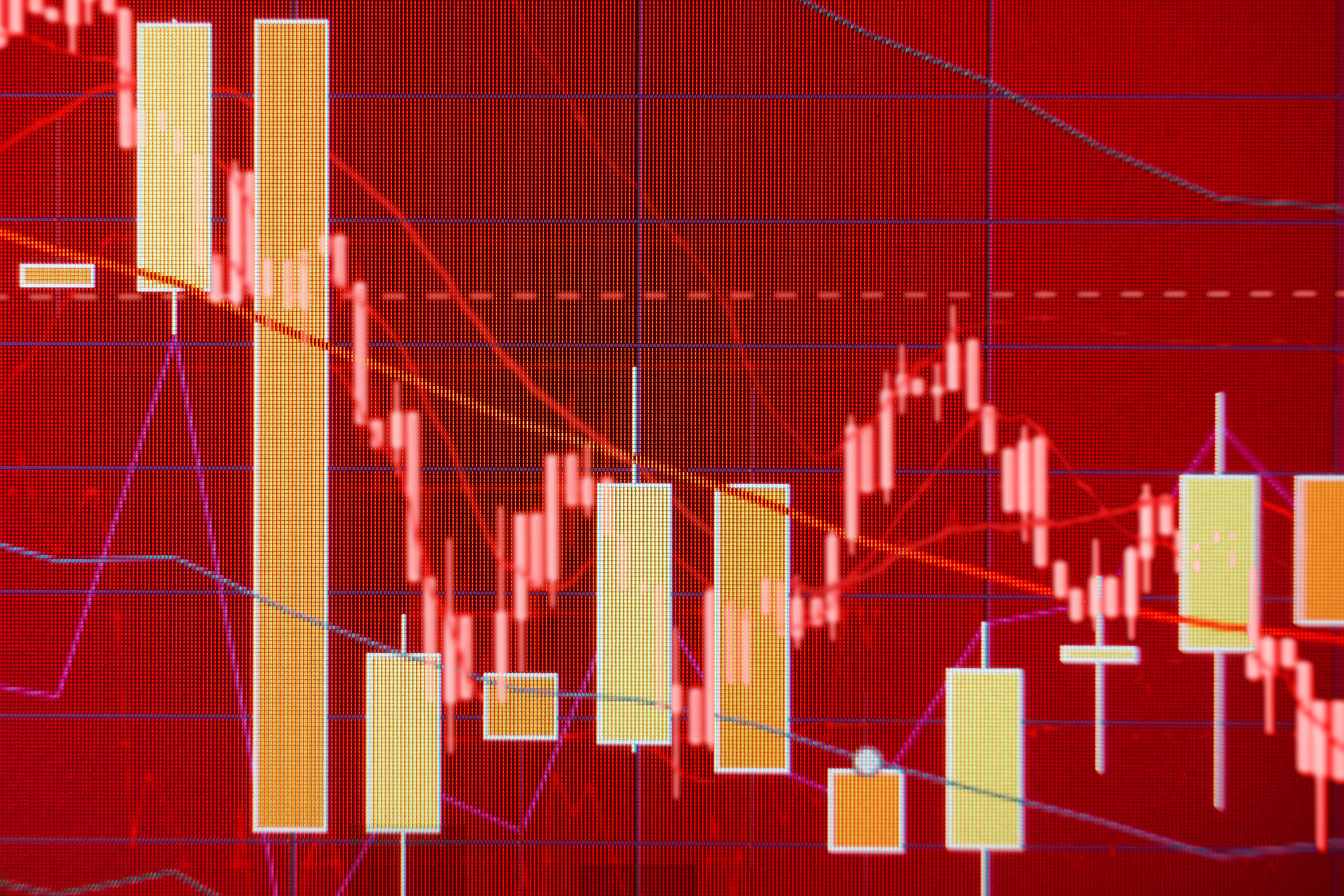 Dow Dives 797 Points as Government Opens: Stock Market Today
Dow Dives 797 Points as Government Opens: Stock Market TodayThe process of pricing and re-pricing realities old and new never stops, and next week promises to be at least as exciting as this week.
-
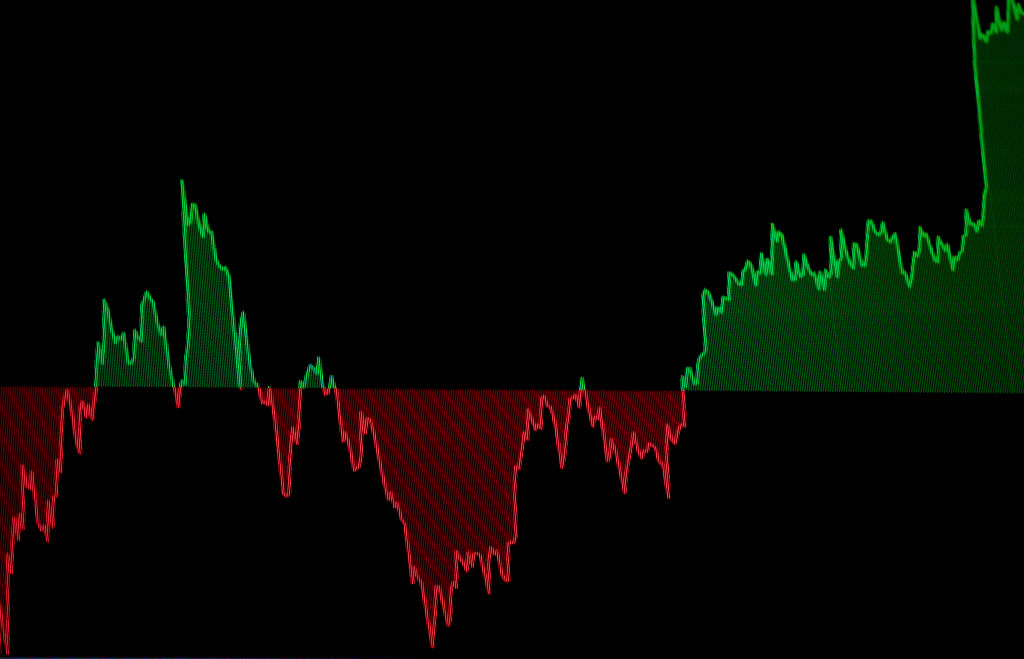 Dow Climbs 327 Points, Crosses 48,000: Stock Market Today
Dow Climbs 327 Points, Crosses 48,000: Stock Market TodayMarkets are pricing the end of the longest government shutdown in history – and another solid set of quarterly earnings.
-
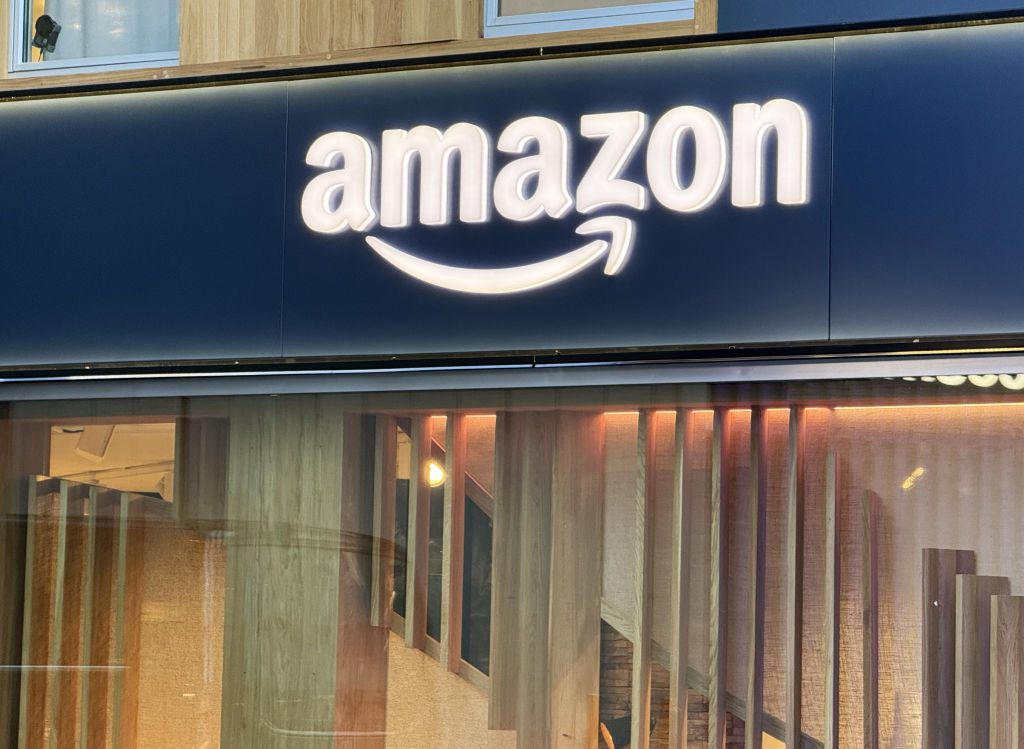 Stocks Close Out Strong Month With Solid Amazon Earnings: Stock Market Today
Stocks Close Out Strong Month With Solid Amazon Earnings: Stock Market TodayAmazon lifted its spending forecast as its artificial intelligence (AI) initiatives create "a massive opportunity."